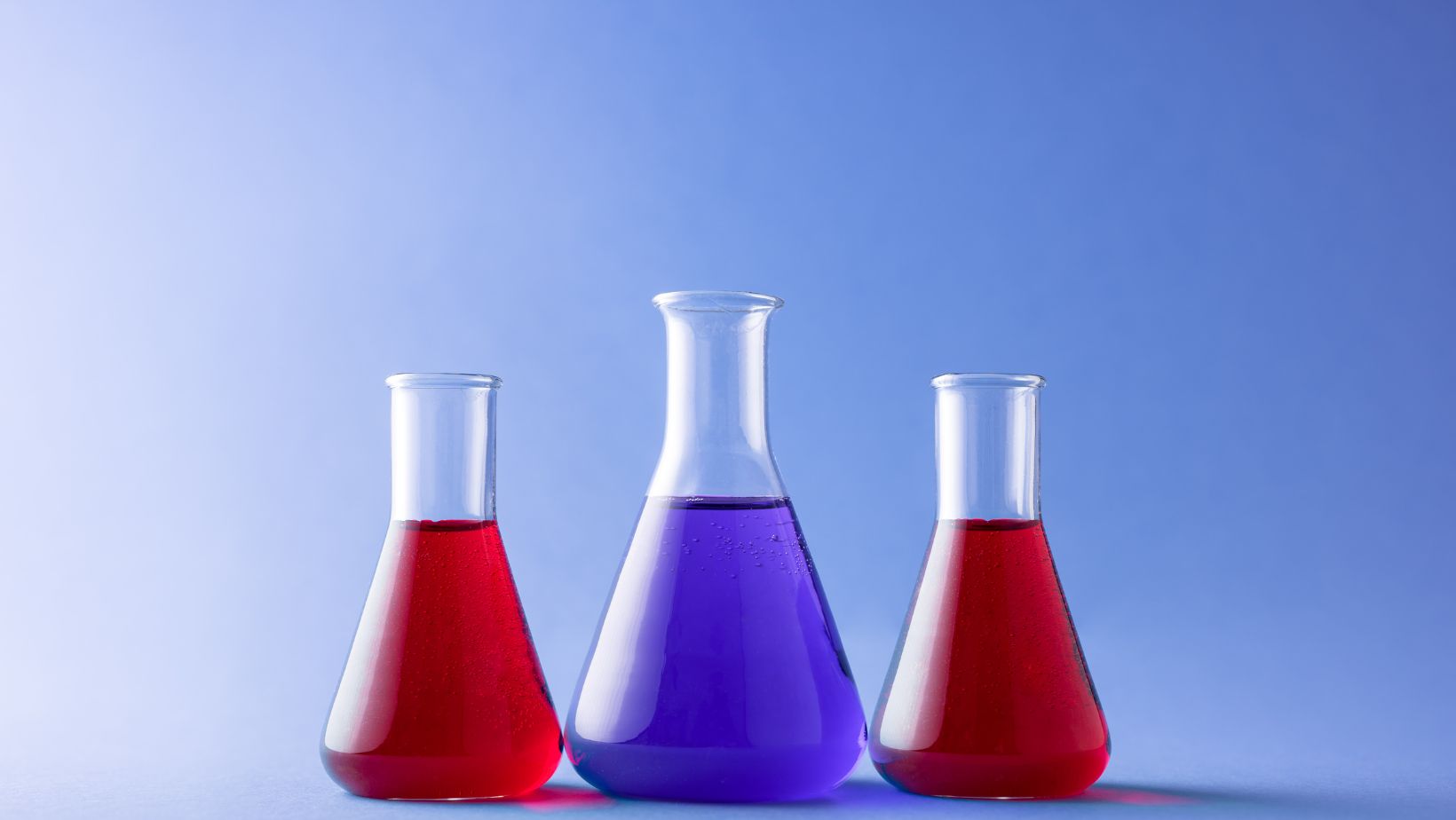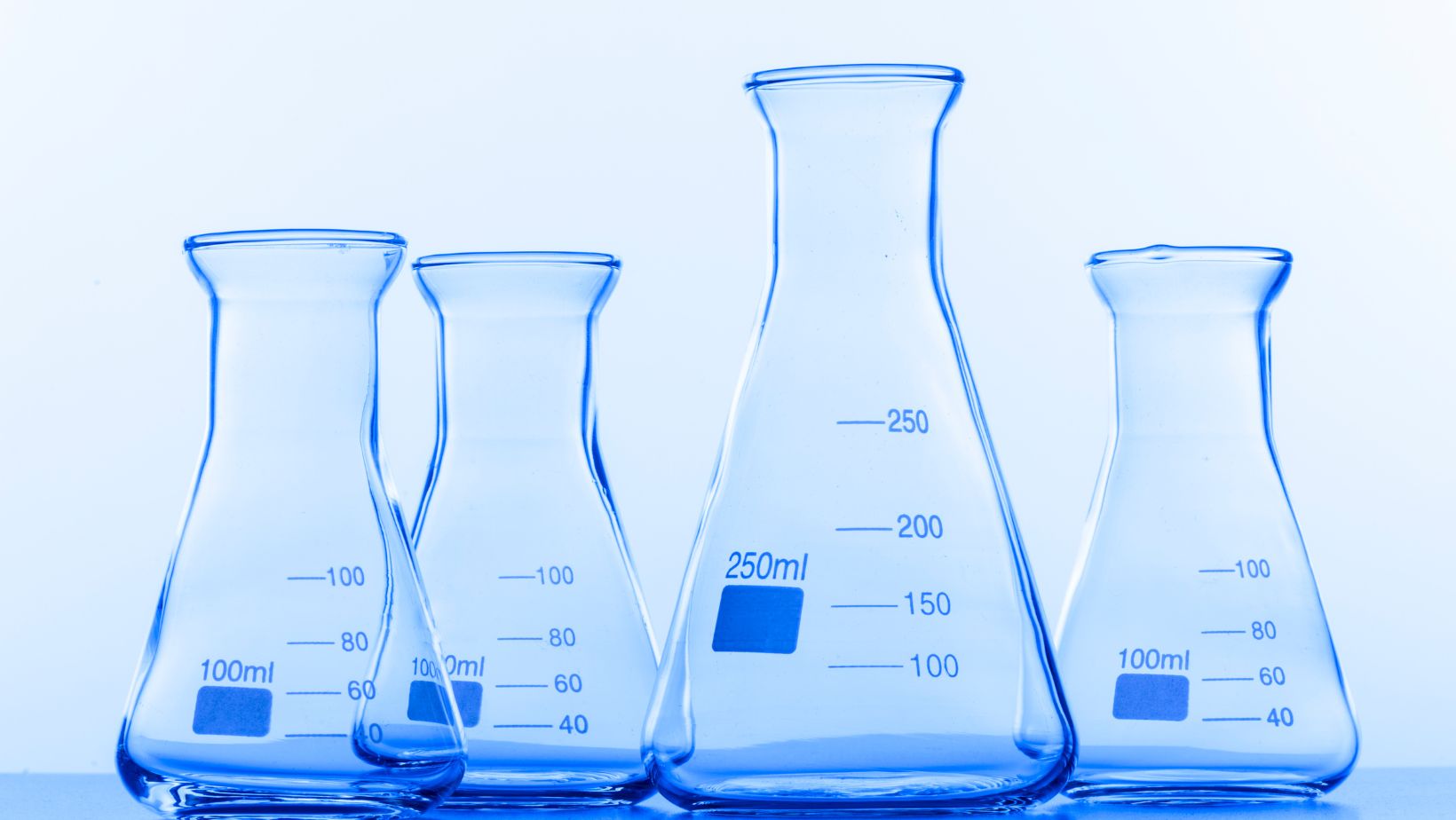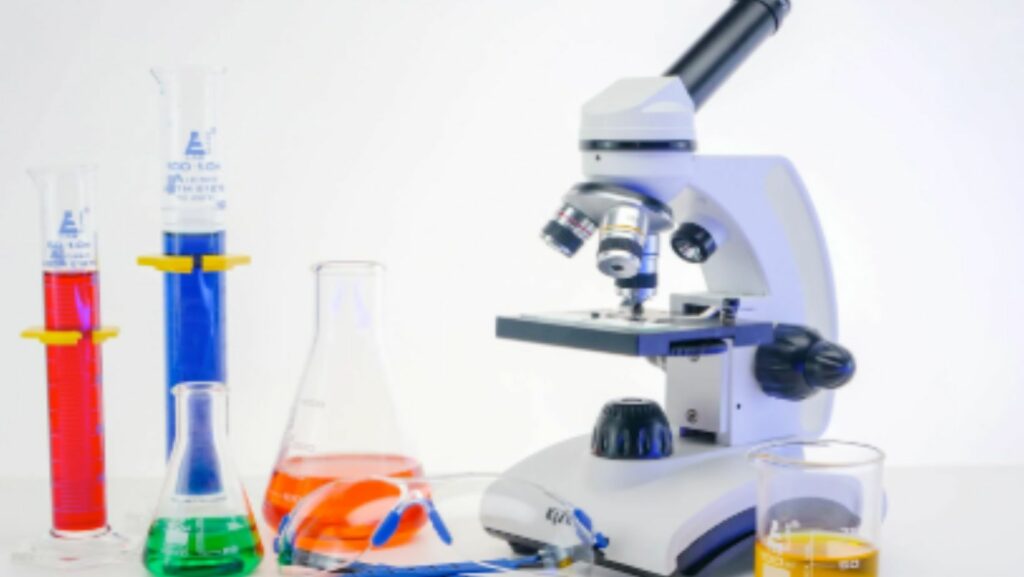Flasks are some of the most common tools you’ll find in a science lab. They come in all shapes and sizes, each designed for a specific job. Among them, the Erlenmeyer flask stands out as a favorite for many scientists, students, and researchers.
Whether you’re mixing liquids, growing tiny organisms, or just storing something safely, this flask has a lot to offer.
In this article, we’ll explore what flasks do in science, with a special focus on the Erlenmeyer flask. We will also examine the different types of flasks you might encounter in a laboratory. Let’s dive in and see why these tools are so important!
What Does a Flask Do in Science?
So, what does a flask do in science? Simply put, a flask is a container that helps scientists handle liquids or other materials during experiments. Flasks are designed to make tasks like mixing, heating, or storing easier and safer. Depending on the type of flask, it might:
- Hold a small sample of a chemical.
- Let you swirl a solution without spilling.
- Even support a reaction that needs heat or pressure.
In a lab, flasks are everywhere because they’re so versatile. They can always be used to measure liquids (though not always very precisely), dissolve solids into liquids, or even grow cultures in biology experiments. Some flasks are made of glass to handle heat or harsh chemicals, while others might be plastic for simpler tasks. The shape and features of a flask – like a narrow neck or a flat bottom – determine what it’s best for. That’s why knowing the different types of science flask is key to selecting the right one for the job.
Define Erlenmeyer Flask: Key Characteristics
The Erlenmeyer flask is a type of lab flask with a conical shape – wide at the bottom and narrow at the top. It usually has a flat base so it can sit steady on a table, and its neck is often marked with lines to measure liquid volume. The design was created by German chemist Emil Erlenmeyer in the 1860s, which is how it got its name.

What sets this flask apart? The narrow top reduces evaporation and prevents contents from spilling out during agitation. These flasks are made of borosilicate glass, a tough material that can handle heat and resist breaking. Some even come with a stopper or cap to seal them up tight.
In short, the Erlenmeyer flask’s primary function is its versatility. It’s a go-to tool because it’s simple, sturdy, and practical for tons of lab tasks. Whether you’re a student or a pro, you’ve likely seen this flask in action.
What Are Erlenmeyer Flasks Used For?
Now that we know what it is let’s talk about what Erlenmeyer flasks are used for. This flask is used for a wide range of activities in science labs, from chemistry to biology. Here are some of the main ways scientists put it to work:
- Mixing Solutions. The conical shape lets you swirl liquids smoothly, making it perfect for combining chemicals or dissolving solids. The narrow neck keeps splashes in check.
- Heating Liquids. Since many flasks are heat-resistant, you can place them on a hot plate or over a flame (with care) to warm up a mixture.
- Titration. In chemistry, this flask is often used for titration experiments, where you slowly add one liquid to another to see how it reacts. The shape makes it easy to swirl and mix as you go.
- Storing Samples. Need to keep a liquid safe for a while? The flask’s design, especially with a stopper, works well for short-term storage.
- Growing Cultures. In biological research, these flasks are commonly used. Biologists use them to grow bacteria or other tiny organisms in liquid cultures, often shaking them to keep things moving.
The beauty of this flask is how it handles so many jobs without fuss. It’s not the most precise for measuring – beakers or pipettes are better for that – but its shape and strength make it a lab essential.
Types of Flask in Laboratory Settings
Flasks aren’t a one-size-fits-all deal. There are several types of flasks used in laboratory settings, each with its own look and purpose. While the Erlenmeyer flask is a big player, it’s not the only one.

Here’s a rundown of some common flasks you’ll find in labs:
- Erlenmeyer Flask. We’ve covered this one – conical, great for mixing and heating, a versatile tool in the laboratory.
- Volumetric Flask. This flask has a round bottom and a long, thin neck with a single mark. It’s made to measure exact amounts of liquid, like when you need to make a precise solution.
- Round-Bottom Flask. Shaped like a sphere with a neck, this one’s built to heat evenly. Chemists love it for reactions that need a steady boil or distillation.
- Florence Flask. Similar to the round-bottom flask but with a flatter base, it’s another option for heating or boiling liquids.
- Büchner Flask. This one’s thicker and has a sidearm for a vacuum. It’s used with a funnel to filter solids or particulates from liquids.
Each of these flasks has a specific role, and labs stock different ones depending on what experiments are happening. The different types of flasks give scientists options to match their tools to their tasks, whether it’s precision, heating, or filtration.
Science Flask Types Compared
To wrap things up, let’s put the science flask types side by side and see how they stack up. Each flask has strengths that make it shine in certain situations, so selecting the appropriate flask depends on the specific procedure or experiment. Here’s a quick comparison:
Shape:
- Erlenmeyer. Conical with a flat base – good for stability and swirling.
- Volumetric. Bulb-like with a thin neck – focused on accuracy.
- Round-Bottom. Spherical – ideal for even heating.
- Florence. Slightly flatter than round-bottom – still great for boiling.
- Büchner. Thick and sturdy with a side arm – built for vacuum work.
Main Use:
- Erlenmeyer. Mixing, heating, and culturing (think flask biology).
- Volumetric. Measuring exact liquid volumes.
- Round-Bottom. Boiling or distilling in chemistry.
- Florence. Similar to round-bottom, often for heating.
- Büchner. Filtering with a vacuum setup.
Pros:
- Erlenmeyer. Versatile, splash-proof, heat-tolerant.
- Volumetric. Very precise for solutions.
- Round-Bottom. Even heat distribution.
- Florence. Stable and heat-friendly.
- Büchner. Perfect for separating solids from liquids.
Cons:
- Erlenmeyer. It’s not the best for exact measurements.
- Volumetric. It’s not great for mixing or heating.
- Round-Bottom. Need a stand to sit flat.
- Florence. Less common than others.
- Büchner. Specialized, not for everyday tasks.
When you’re in a lab, the Erlenmeyer flask’s versatility often makes it the most flexible choice, especially for beginners or general experiments. But if you need precision or a specific setup like distillation, those other flasks step up. Knowing the types of flasks in laboratory settings helps you grab the right tool and get the job done smoothly.
Flasks might seem like simple glass containers, but they’re the backbone of many experiments. The Erlenmeyer flask, with its clever design, has earned its spot as a lab classic. It’s not just about holding liquids – it’s about facilitating scientific experiments, from mixing a new chemical compound to growing cells for research. With so many different types of flasks out there, scientists have the freedom to tweak their tools to fit their needs.
Next time you’re in a lab or watching a science show, notice these flasks. Though simple in design, they’re essential to scientific research. Whether it’s the trusty Erlenmeyer or a specialized volumetric flask, these tools are proof that even the simplest things can make a big difference in discovery.
